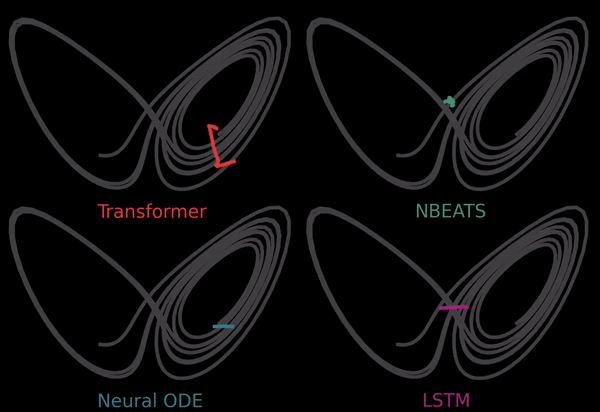The full, weird story of the quantum world is much too large for a single article, but the period from 1905, when Einstein first published his solution to the photoelectric puzzle, to the 1960’s, when a complete, well-tested, rigorous, and insanely complicated quantum theory of the subatomic world finally emerged, is quite the story.
This quantum theory would come to provide, in its own way, its own complete and total revision of our understanding of light. In the quantum picture of the subatomic world, what we call the electromagnetic force is really the product of countless microscopic interactions, the work of indivisible photons, who interact in mysterious ways. As in, literally mysterious. The quantum framework provides no picture as to how subatomic interactions actually proceed. Rather, it merely gives us a mathematical toolset for calculating predictions. And so while we can only answer the question of how photons actually work with a beleaguered shrug, we are at least equipped with some predictive power, which helps assuage the pain of quantum incomprehensibility.
Doing the business of physics – that is, using mathematical models to make predictions to validate against experiment – is rather hard in quantum mechanics. And that’s because of the simple fact that quantum rules are not normal rules, and that in the subatomic realm all bets are off.





